1. The Jetsons nailed video calls and smart homes

When The Jetsons premiered in 1962, it painted a futuristic world filled with flying cars and robot maids. While we’re not zooming through the sky just yet, the show did predict some pretty accurate tech, like video calls, robotic vacuums, and even smart appliances. George Jetson casually chats with his boss through a screen, something we now do every day thanks to Zoom and FaceTime. And Rosie the Robot? She’s not too far off from today’s Roombas and Alexa-powered gadgets shares New York Post.
The show’s vision of a push-button lifestyle now mirrors how we order food, control lights, and set reminders with voice commands. Even the idea of telecommuting and remote work, once a Jetson novelty, became very real for many of us. It’s wild to think that a cartoon meant for laughs ended up serving as a prototype for our daily routines. George may have been stressed, but he was living in what looks a lot like 2025 adds Yahoo Finance.
2. Star Trek saw smartphones and virtual assistants coming
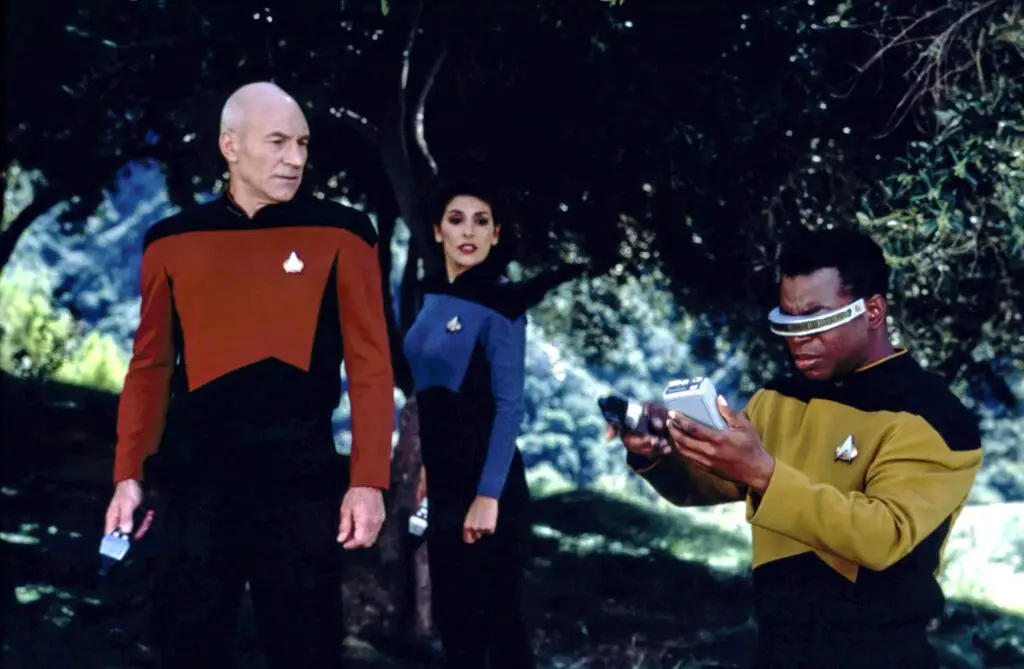
Back in the ’60s, Star Trek gave us communicators that looked an awful lot like flip phones. The show’s characters also used touch-screen-like technology and voice-controlled computers long before Siri or Google Assistant existed. Captain Kirk talking to a device on his chest seemed like science fiction, but now it feels pretty normal thanks to smartwatches and Bluetooth says MovieWeb.
The ship’s computer responded to verbal commands, just like today’s smart assistants do. Even the concept of universal translators is pretty close to real-time translation apps. Fans were amazed by the futuristic tech, but now we carry most of it in our pockets. Gene Roddenberry may not have had Apple in mind, but he definitely saw where we were heading shares Business Insider.
3. The Twilight Zone predicted surveillance and identity theft
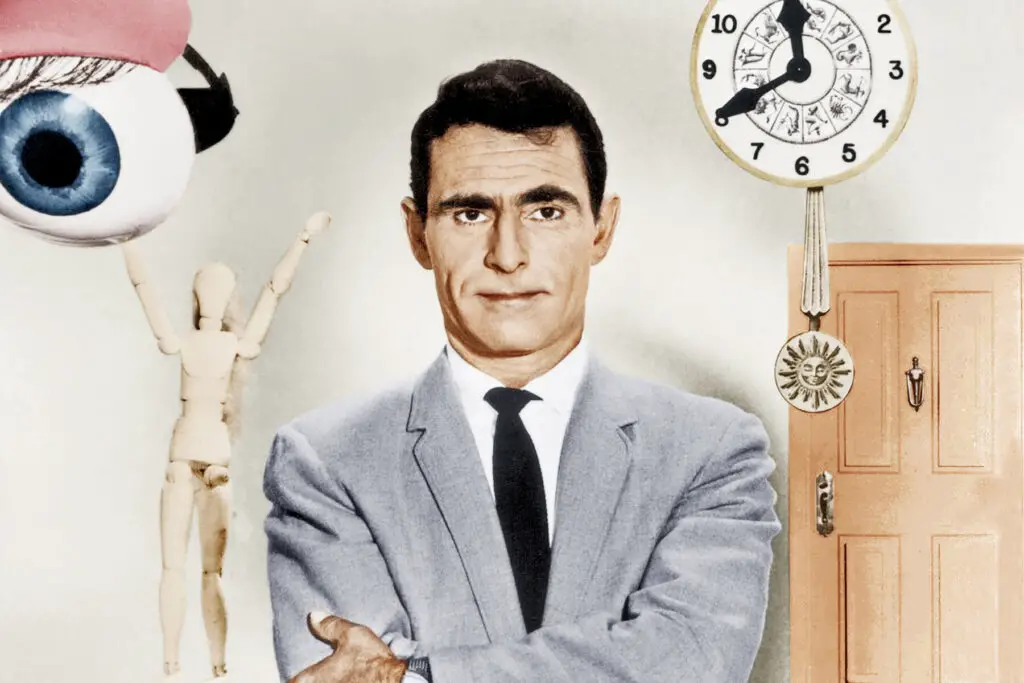
Rod Serling’s The Twilight Zone had a spooky way of hitting close to home, especially with episodes like “The Obsolete Man” and “The Eye of the Beholder.” It often warned us about the dangers of government overreach, loss of privacy, and blind conformity. One episode, “Number 12 Looks Just Like You,” even imagined a world where everyone undergoes forced plastic surgery to look the same, eerily predicting today’s beauty standards and AI-generated filters.
Other stories dove into themes of data tracking and identity loss. The show made it clear that technology could easily turn against us if we weren’t careful. It felt like fiction back then, but in an age of facial recognition, targeted ads, and digital footprints, it feels more like a warning we didn’t listen to. Serling wasn’t just entertaining us, he was trying to tell us something.
4. Knight Rider introduced talking cars before they were real
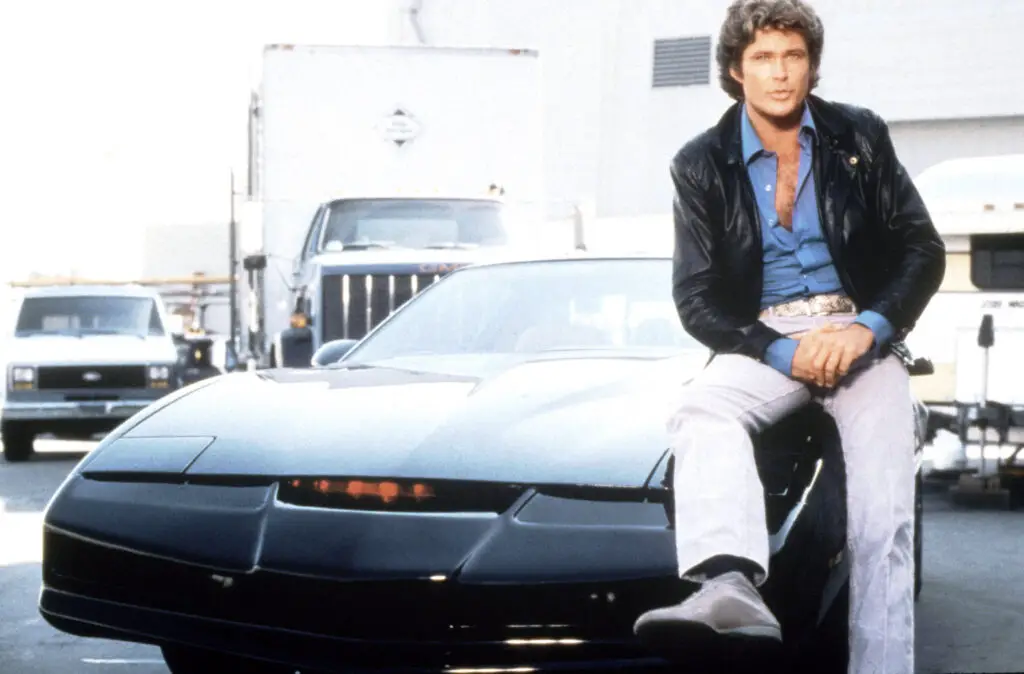
When Knight Rider debuted in 1982, KITT, the talking car with AI, seemed like pure fantasy. It could drive itself, hold conversations, and analyze data in real time. At the time, that kind of car seemed totally out of reach, but now we’ve got Teslas and other self-driving vehicles that can practically do the same thing. Even the idea of a smart assistant in your dashboard sounds an awful lot like what we now have with CarPlay or Google Assistant.
KITT could also connect to databases and help solve problems with logic and speed. Fast-forward to today, and cars come with onboard Wi-Fi, navigation, and voice control. It’s not quite the same sass or charm that KITT had, but the tech is definitely real. David Hasselhoff might’ve looked cool talking to his car, but nowadays, most of us are doing it without thinking twice.
5. Max Headroom predicted digital avatars and media overload
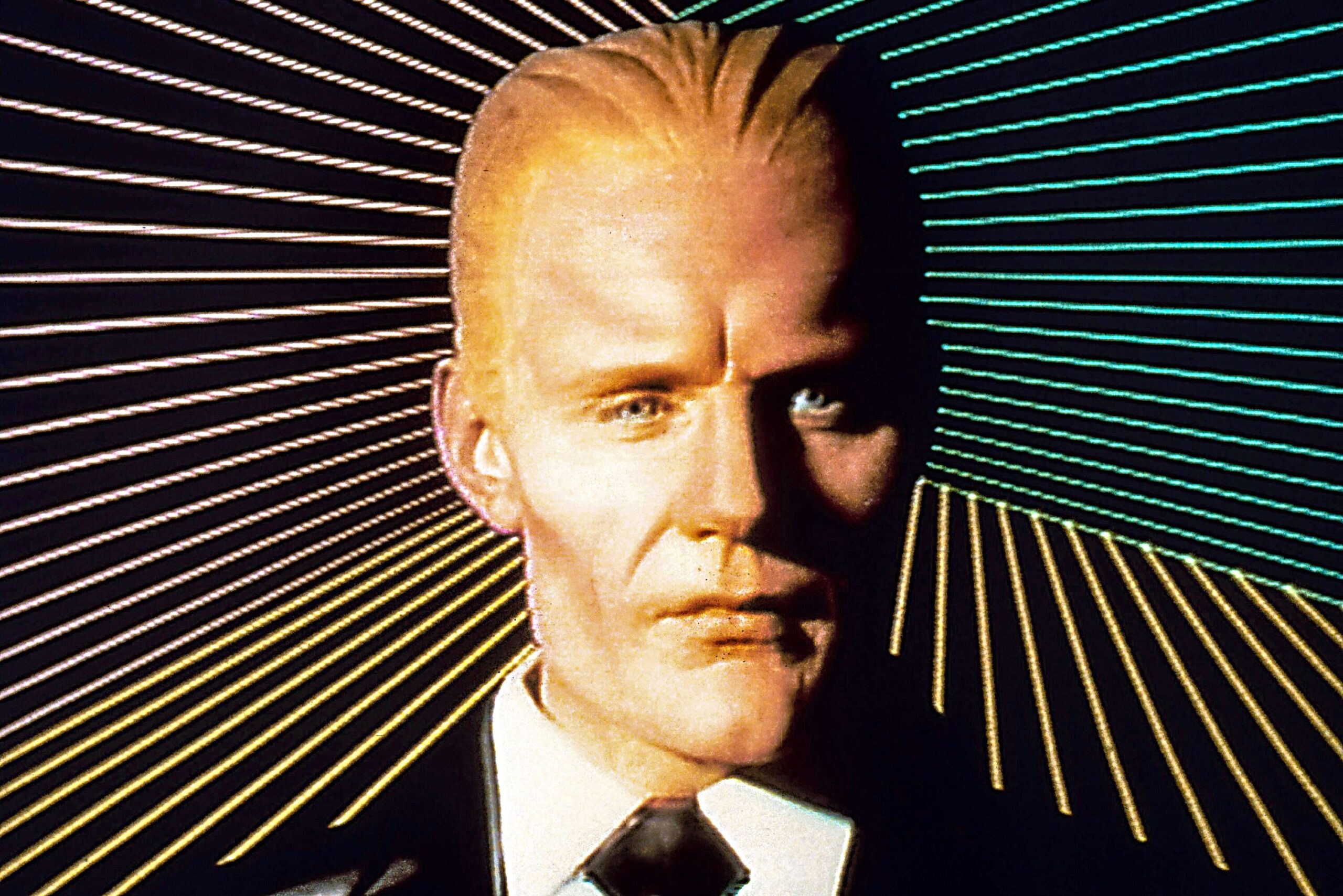
Max Headroom was a short-lived but eerie show from the late ’80s that imagined a world overwhelmed by non-stop media. The title character was a digital AI with a glitchy personality who lived inside TV screens, basically predicting deepfakes and virtual influencers. Back then, the idea of a computer-generated TV host seemed far-fetched. Now we have AI models hosting livestreams and creating content with almost no human input.
The show also dove into themes of corporate media control and constant advertising, which hits especially hard today. Our timelines are flooded with ads and algorithms, and the line between real and digital gets blurrier by the day. While the show was meant to feel dystopian, parts of it have become oddly familiar. Max may have glitched a lot, but he saw where we were headed.
6. The X-Files saw the rise of government conspiracies and pandemics
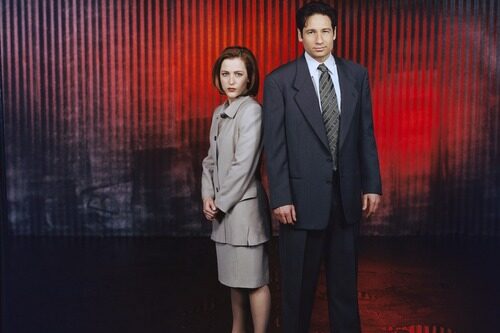
The X-Files gave us aliens, mysterious viruses, and shady government experiments, often rolled into one spooky hour. One 1998 episode even predicted a bioweapon created through gene editing, years before CRISPR became a public topic. The idea that secret labs could tinker with DNA to cause worldwide chaos didn’t seem so believable at the time. But after the global pandemic, it suddenly doesn’t feel so far-fetched.
The show also explored government surveillance, secret programs, and disinformation campaigns, all things we now know have some real-world basis. It made us question how much we really know and who’s pulling the strings. Mulder may have been obsessed, but his instincts about hidden truths don’t feel so paranoid anymore. These days, it’s a lot harder to say “that could never happen.”
7. Get Smart introduced smartwatches decades ahead of time
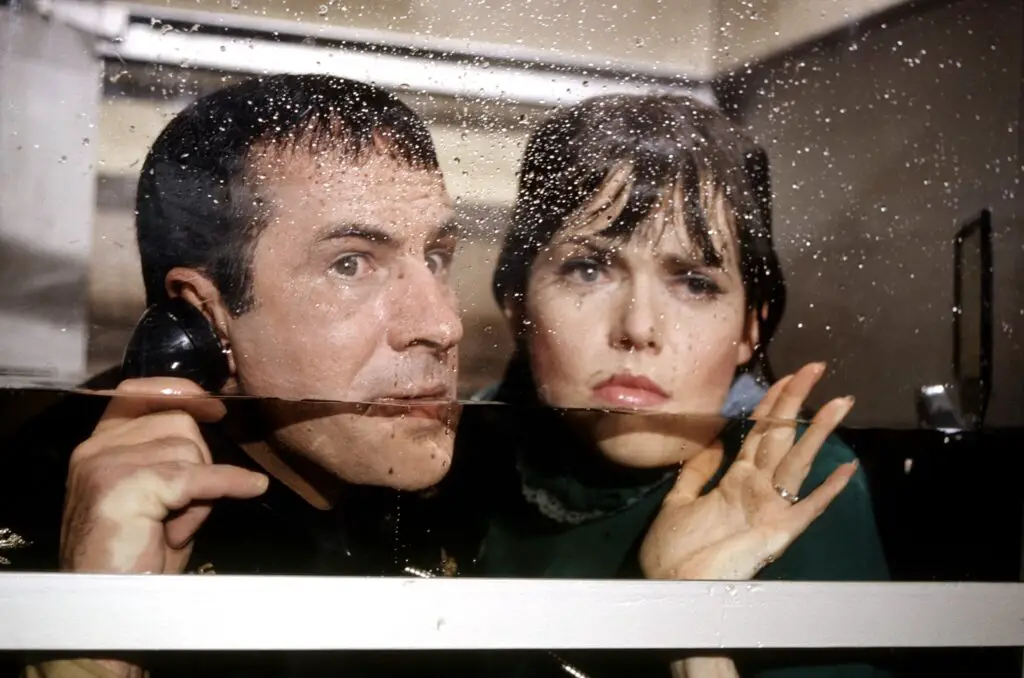
Get Smart was a comedy, but its tech was surprisingly forward-thinking. Maxwell Smart’s shoe phone was a gag, but it wasn’t too far off from the idea of wearable tech. One episode even showed him talking into his wristwatch, which is exactly what people are doing today with Apple Watches and Galaxy Watches. The show made fun of spy gadgets, but a lot of them turned out to be pretty real.
Beyond the laughs, Get Smart suggested a world where personal devices could handle communication on the go. Back then, the idea was absurd, but now we expect it. We check our watches for messages, track our steps, and even answer calls hands-free. Don Adams probably didn’t expect to be a tech prophet, but here we are.
8. Early Edition imagined real-time news alerts before smartphones
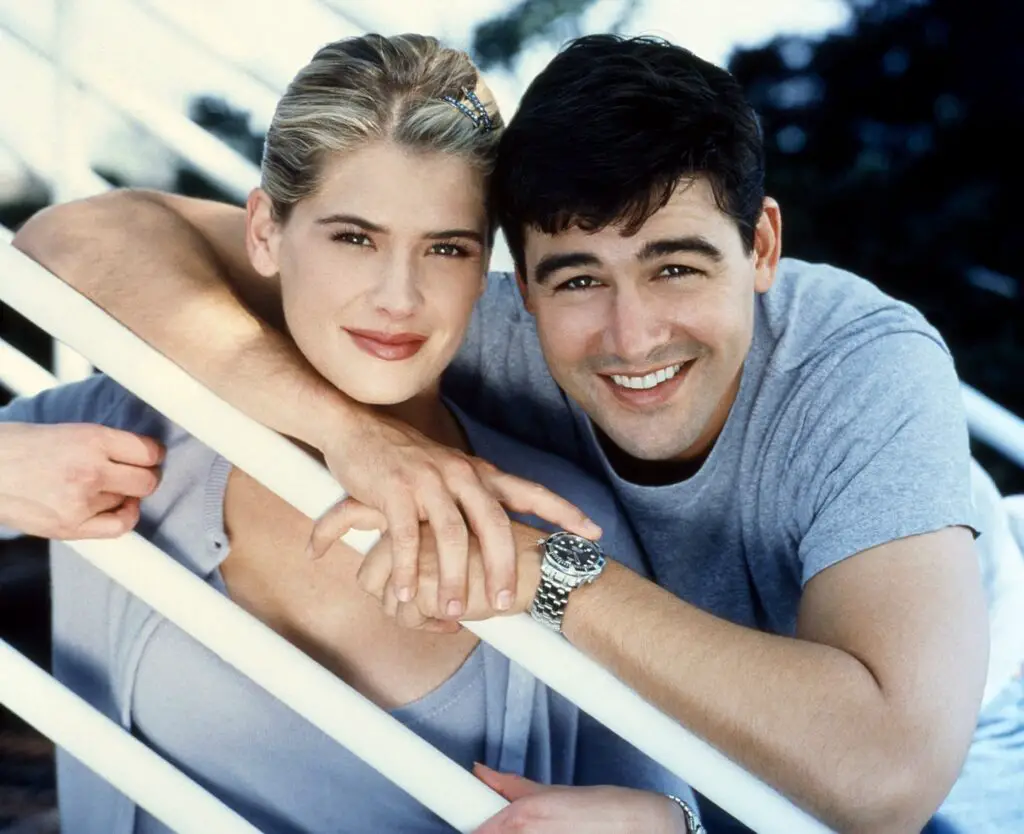
In Early Edition, a man mysteriously received tomorrow’s newspaper today, giving him the chance to prevent tragedies before they happened. While the idea was fantasy, it felt oddly familiar once smartphones started delivering instant news alerts. The concept of having access to tomorrow’s events today mirrors how fast information spreads online. In some ways, it’s like living in a constant state of update.
We now get real-time notifications about weather events, stock crashes, and global news within seconds of it happening. The show leaned into the idea of using this early knowledge for good, a sentiment that still resonates. With all our information at our fingertips, the challenge now is figuring out what to do with it. And just like Gary Hobson, we sometimes feel like the world is asking us to act fast.
9. Futurama made eerily accurate tech guesses
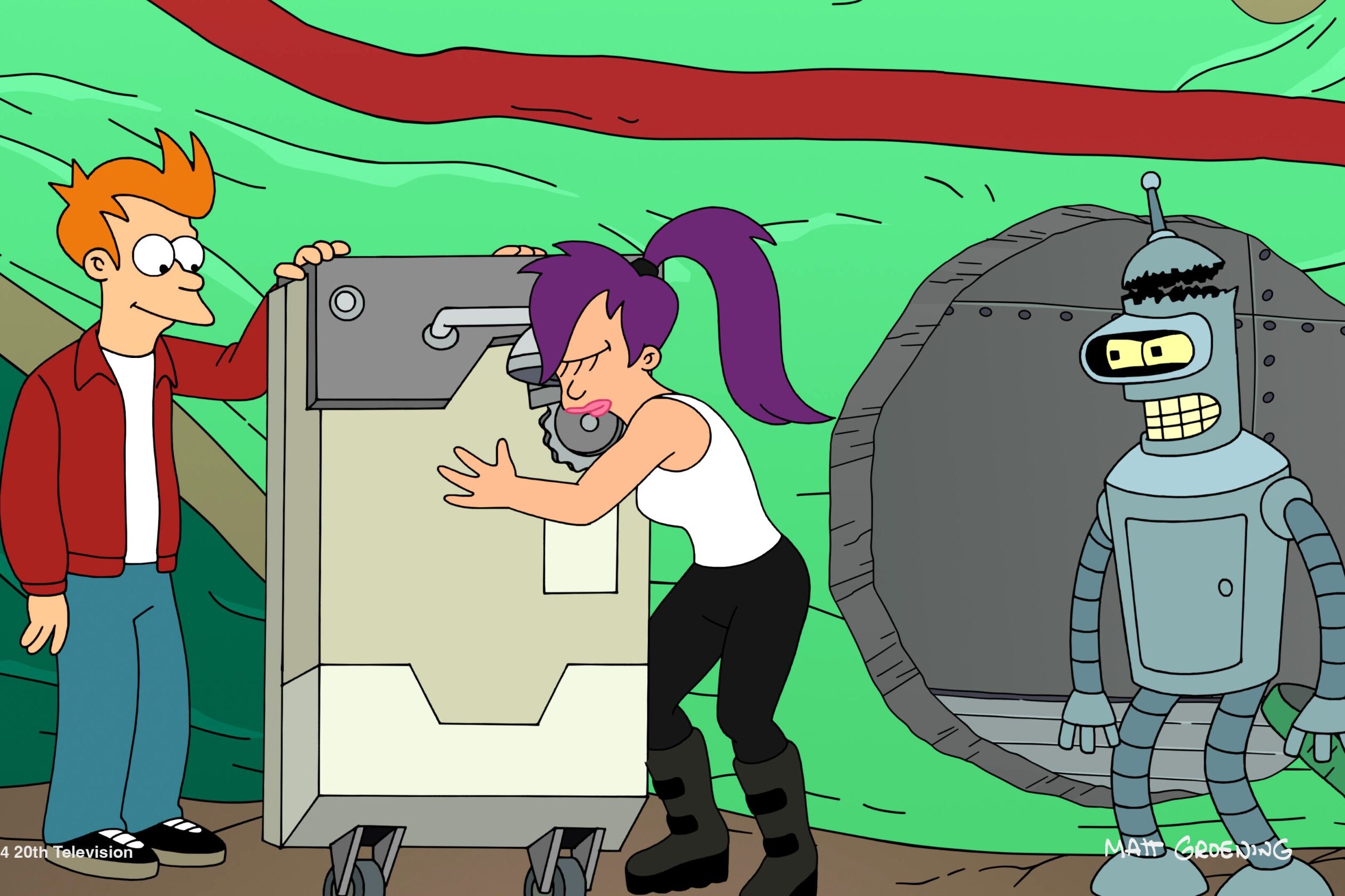
Futurama was made for laughs, but it quietly predicted several future trends with surprising accuracy. From delivery drones to binge-watching culture, the show joked about things that later became everyday norms. One episode even showed a “death clock” that could tell you how long you had to live, eerily similar to today’s health-tracking apps and longevity calculators. It also had digital currency and mind-uploading tech years before either was in the public eye.
Even the concept of heads preserved in jars feels like a strange cousin to the modern obsession with legacy tech and AI-generated likenesses. Futurama managed to sneak in warnings and glimpses of future dilemmas under a pile of punchlines. The science fiction was sharp, but the social satire might have been sharper. As silly as it seemed, some of its guesses hit a little too close to home.
10. Black Mirror brought tech horror into reality
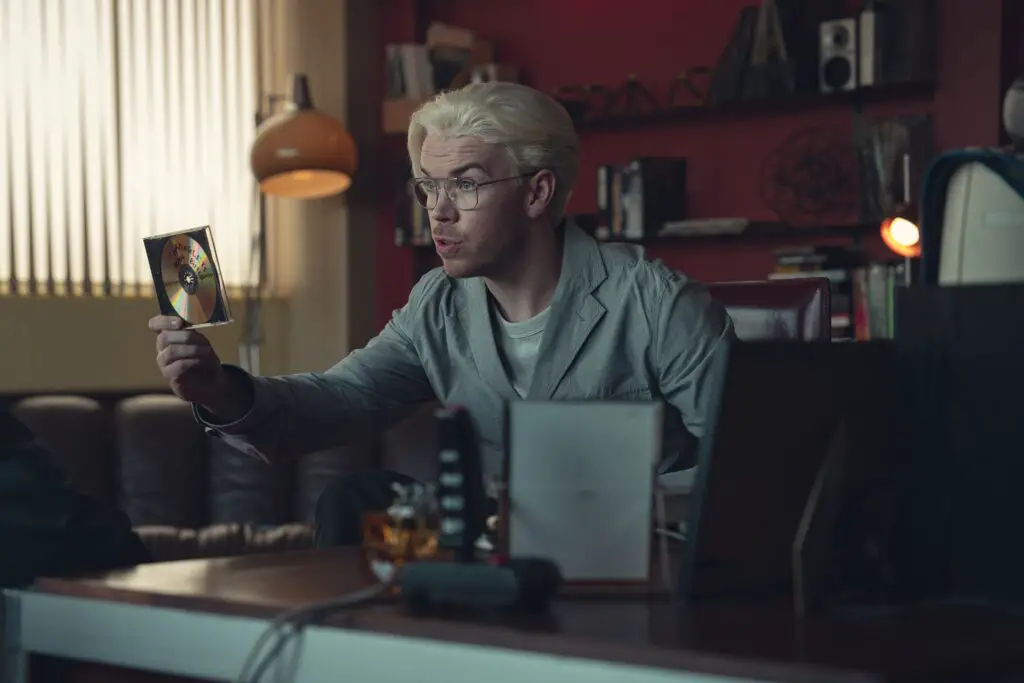
While it’s more recent than others on this list, Black Mirror earns a spot for how quickly its episodes became real. The anthology show explored dark, futuristic concepts, like rating people socially (Nosedive) and AI grief bots (Be Right Back). Both of those now exist in some form, thanks to social credit systems and AI chatbots designed to mimic loved ones. What felt chilling just a decade ago now pops up in tech news.
The show’s ability to tap into our worst fears about technology is what makes it so striking. It’s not just guessing the future, it’s warning us about it. As our lives become more digital, more tracked, and more dependent on AI, Black Mirror episodes feel like eerie case studies instead of fiction. Watching it now almost feels like reading tomorrow’s headlines.
11. The Simpsons somehow keeps getting it right

It’s almost a running joke how many times The Simpsons has predicted real events. From Donald Trump becoming president to Disney buying Fox, the show’s bizarre accuracy has sparked endless internet theories. One episode even hinted at smartwatches and autocorrect fails long before either became common. The writers say it’s just good satire, but you have to admit, they’re oddly on point.
Other episodes touched on virtual reality, digital voting, and even financial scandals that played out years later. Whether it’s luck, research, or a mix of both, the show’s ability to stay ahead of the curve is uncanny. It makes you wonder what current jokes might be tomorrow’s reality. For a cartoon that started in the ’80s, it’s got a spooky knack for future-gazing.
12. SeaQuest DSV imagined undersea internet and remote tech

SeaQuest DSV may not have reached Star Trek levels of fame, but it definitely had some bold ideas. Set in the future, it envisioned a world where humanity lived alongside the ocean floor and communicated using a vast underwater internet. It also featured remote-operated vehicles, drone-like submarines, and virtual meetings—all of which feel very now. Back then, it was a sci-fi adventure. Today, it’s not so far-fetched.
The show was ahead of its time in thinking about how tech and the environment would intersect. With today’s undersea data cables and exploration drones, the ocean is more connected than ever. SeaQuest made it seem cool and futuristic, but in reality, it was closer to the mark than most people gave it credit for. Captain Bridger may have been fiction, but his world’s tech lives on.
